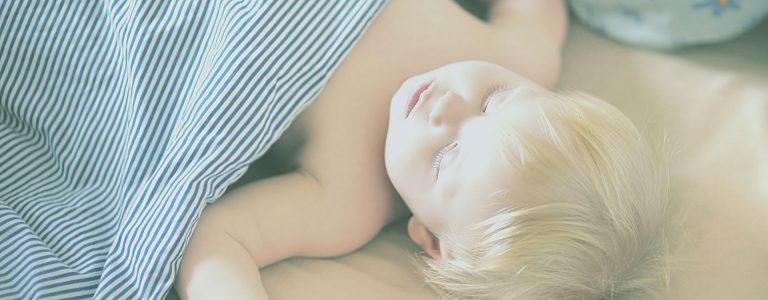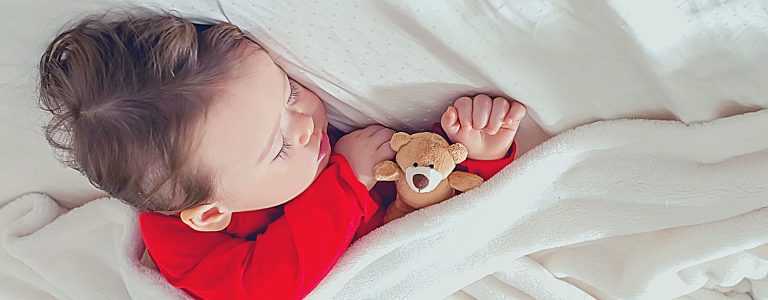
Bed-Wetting: General Fundamental Knowledge
Bed-Wetting: Causes and Treatment There are a number of theoretical models that explain the phenomenon of bed- wetting and accordingly therapeutic interventions are derived from them (Butler Rj., et al.
There are a number of theoretical models that explain the phenomenon of bed- wetting and accordingly therapeutic
interventions are derived from them (Butler Rj., et al. 1988, 2000, 2005, 2007).
The most common model from which the method of treatment using the bed-wetting alarm is derived is the following: Bedwetting is caused by an imperfect functioning of the reflex system controling the bladder. It is a physiological problem of a gap in the communication between the bladder and the nervous system (An illustrated explanation for parents and children is presented in my book : Bedwetting Unmasked, on Amazon).
Perfect functioning is normally established as a part of natural development between 1.5 and 2.5 years of age. If a child still wets the bed at the age of 3, treatment intervention may be considered. If the child still wets the bed at the age of 5, treatment intervention by the bedwetting alarm should be considered. At this age and above it, the consequences of wetting can harm the child emotionally. They begin to see themselves differently from other children. They begin to be afraid to sleep at friends or invite friends home. Later they begin to avoid going on trips and they experience damage to their developing personality, their self image and self confidence. (Chiozza et al., 1998; Hjalmas, 1998).
The most effective treatment (Longstaffem et al., 2000; Wagner et al., 1982) is the Bedwetting Alarm. It is a device which is comprised of two parts. A urine detecting sensor and an alarm. When urine reaches the detecting sensor it activates the alarm and causes the cessation of wetting. As a result of the repeated event of starting to wet and stopping, the reflex system is gradually strengthened and becomes more and more effective. The child gradually becomes dry on more and more nights until absolute dryness is achieved. Duration of treatment varies among children, it could last between 2 and 18 months. The average duration is about 5 months. Studies show that the rate of success of the alarm treatment reaches up to 85% when given under professional guidance and support.
The primary goal of the treatment should be to achieve absolute dryness. This refers to a state in which children (and adults) are unable to involuntarily wet the bed while sleeping. They either sleep uninterrupted or wake up naturally to use the toilet due to bladder pressure. Achieving absolute dryness allows individuals to freely consume fluids before bedtime, eliminates the need for bathroom visits prior to sleep, eliminates the necessity of waking up during the night, renders them unaffected by room temperature at night, and ensures that their mood or emotional experiences do not lead to bedwetting.
Although bedwetting alarms can be utilized from as early as the age of 3 , it is generally advisable to commence treatment not later than age 5 or 6.
One of the most remarkable cases at my clinic involved a 53-year- old woman who accompanied her 22-year-old daughter seeking treatment before her impending marriage. Surprisingly, the mother, when questioned about her family history, admitted to her own ongoing nighttime bedwetting. She decided to join her daughter in therapy, and both left the clinic with bedwetting alarms. Following my guidance, both individuals achieved absolute dryness within a few months.
On the opposite end of the spectrum, my youngest patient was a 2-year and 7-month-old girl. Her mother reached out, explaining her daughter’s determination to stop using diapers for nighttime sleep. They embarked on bedwetting alarm therapy, and within four months, the girl achieved absolute dryness.
These two cases underscore that bedwetting can be effectively addressed from a very early age. However, it is disheartening that millions of children endure this issue well into their later years, as exemplified by the mother and daughter mentioned initially.
In adulthood, bedwetting exacts a substantial toll on quality of life. Patients report physical discomfort, aesthetic concerns, and mental anguish stemming from embarrassment, frustration, and helplessness. Social consequences manifest as limitations in travel, forming relationships, and starting families. But even in childhood, bedwetting carries significant repercussions. At just 5 years old, children invest considerable energy in hiding this secret. They
endure ridicule from siblings, disappointment from parents, and social isolation, unable to partake in sleepovers or outings.
This paradoxical situation highlights the existence of a straightforward solution available to children as young as three, while countless others endure the burden well into adolescence.
During my professional training in England in the 1970s, the conventional wisdom was to apply the bedwetting alarm method only after the age of 7. Even today, many parents consulting pediatricians receive recommendations to delay treatment until the age of 6 or 7. Some parents even hear stories of pediatricians who reassure them that bedwetting until age 9 is normal.
Initially, I adhered to these guidelines and initiated treatment only at age 5. However, when approached by concerned family members and friends with younger children, I agreed to treat them. Moreover, I observed that many children naturally outgrew bedwetting by as early as one and a half to two years of age, suggesting that bladder control develops early in life.
These observations prompted me to extend treatment to much younger children, and the outcomes were remarkably positive. Dr. Bettina Shapira compared treatment outcomes between children over 5 and those under 5. The results demonstrated that even young children respond exceptionally well to alarm treatment (Shapira B. & Patrick P. 2007).
In summary, bedwetting alarm treatment can and should be initiated at an early age.

Bed-Wetting: Causes and Treatment There are a number of theoretical models that explain the phenomenon of bed- wetting and accordingly therapeutic interventions are derived from them (Butler Rj., et al.

The treatment of bedwetting often involves the use of medications, with two main drugs commonly prescribed (Nelson textbook of Pediatrics): A. Desmopressin B. Oxybutynin A. Desmopressin (also known as Minirin)

About 20% of all children who wet the bed at night also wet themselves while they’re awake. We see those little circles of moisture on the child’s clothes. But when

When you use our guidance and support, we welcome you to use any bedwetting alarm. We also welcome you to buy the highest quality alarms in the world directly through

Speed up the process of progressing from infant diapers to toilet chairs or toilet seats with The Magic Bowl App.

The Magic Bowl – potty training made easy Dr. Baruch Kushnir turns potty training into a fun, effective, and most importantly, short experience. Order Now

Encopresis – you can beat it! Game-changing solutions for Toilet Anxiety, Soiling, and Constipation in Children Order Now About the book How to eliminate poop